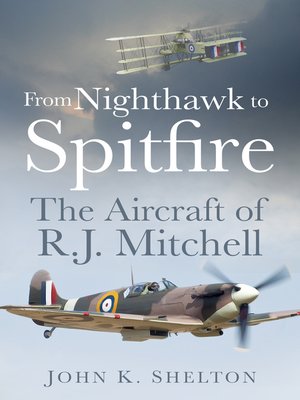
Sign up to save your library
With an OverDrive account, you can save your favorite libraries for at-a-glance information about availability. Find out more about OverDrive accounts.
Find this title in Libby, the library reading app by OverDrive.



Search for a digital library with this title
Title found at these libraries:
| Loading... |
R.J. Mitchell was virtually self-taught and almost all his aircraft were slow-flying seaplanes. The story of how this man from the land-locked Midlands, apprenticed to a locomotive works, became responsible for the Spitfire is a great tale in itself. This detailed book tells us how Mitchell learned his trade – contributing to the production of the cumbersome Nighthawk (designed to combat the German Zeppelin threat) and gradually coming to produce record-breaking racing floatplanes that won outright the prestigious international Schneider Trophy. Mitchell was thus well placed to design a high-speed aircraft when war was imminent; however, as John K. Shelton reveals, the production of the famous fighter was by no means a certainty and its vital contribution to winning the Battle of Britain was 'a very close run thing'.|R. J. Mitchell was virtually self-taught; surprisingly, almost all his other aircraft 24 aircraft were slow-flying seaplanes. How a lad from the land-locked Midlands, apprenticed to a locomotive works, came to be responsible for the Spitfire is a great tale in itself. This detailed book tells us how Mitchell learned his trade – from 1916, contributing to the production of the cumbersome Nighthawk, designed to combat the German Zepplin threat, and gradually coming to produce record-breaking racing floatplanes which in 1931 won outright the prestigious international Schneider Trophy. Mitchell was thus well placed to design a high speed aircraft when war began to threaten, but Dr Shelton reveals the production of the famous fighter was by no means a certainty and how, indeed, its vital contribution to winning the Battle of Britain was 'a very close run thing'.






